Recent Posts
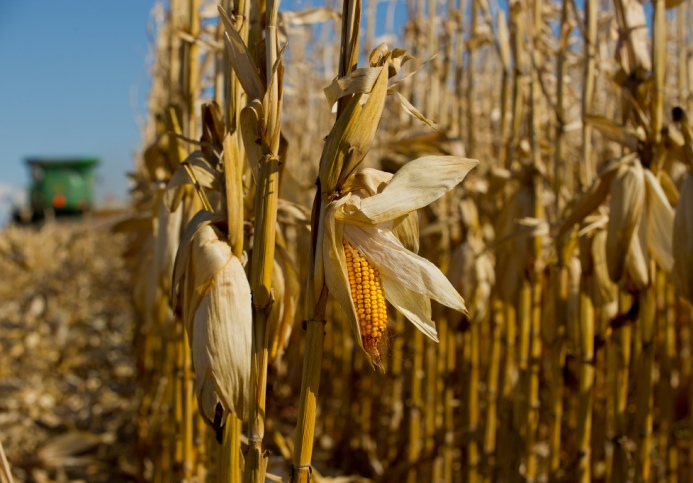 February 11, 2015 What you need to know when switching back to beans. Commodity prices favor growing more soybeans, and this could mean more producers in Illinois will be growing more beans in 2015. |
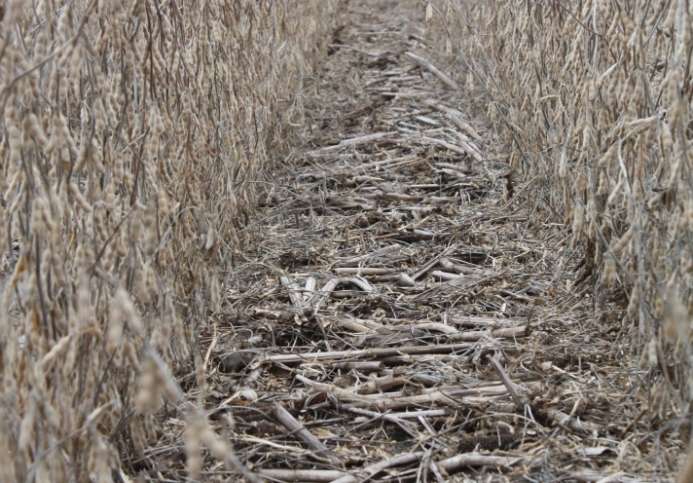 February 11, 2015 For El Paso, Ill., soybean farmer Rob Shaffer, who grows about 450 acres of soybeans with his brother, the switch from growing specialty soybeans to 100 percent non-GMO wasn't that challenging. |
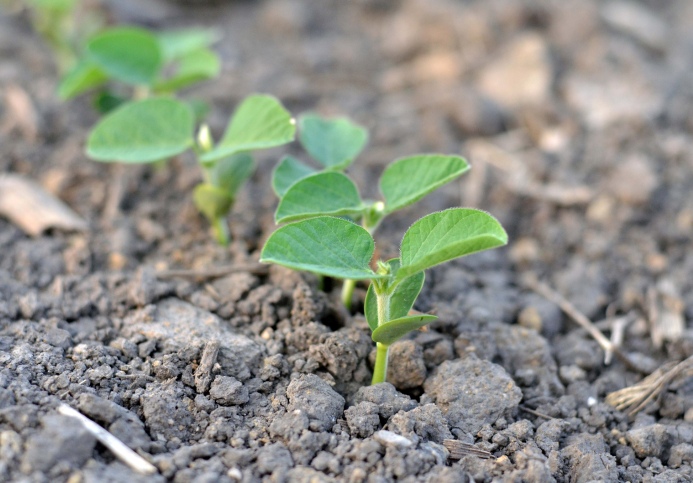 February 11, 2015 The February issue of Illinois Field & Bean focuses on soil health and fertility -- a topic that is always top of mind before the growing season. Be sure and read: |
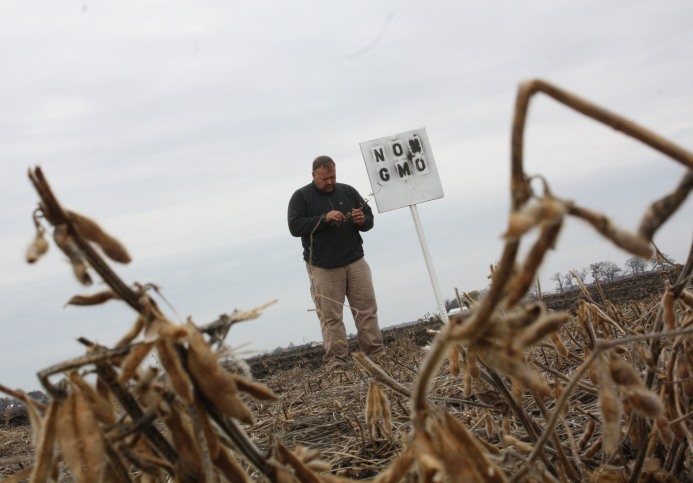 February 05, 2015 What would you be willing to do for an extra $2-per-bushel premium for soybeans? For some Illinois soybean producers, that premium comes from growing non-GMO (genetically modified organism/biotech) or other identity-preserved (IP) soybeans. |
 February 05, 2015 Spring planting is still a couple months away, but inevitably, some farmers in Illinois will have to deal with a wet spring, which delays planting corn and soybeans. While both corn and soybeans benefit from early planting, the yield drag is greater for corn with late planting. |
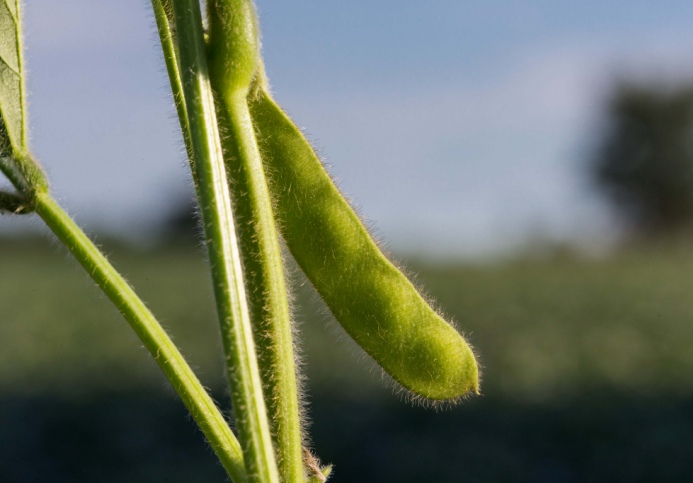 February 04, 2015 Recent research has found ways to produce soybean seeds that have improved yields under drought conditions. A group of researchers published their research in the November-December issue ofAgronomy Journal. The researchers were M. Jyostna Devi and Thomas Sinclair, North Carolina State University; Pengyin Chen,... |
